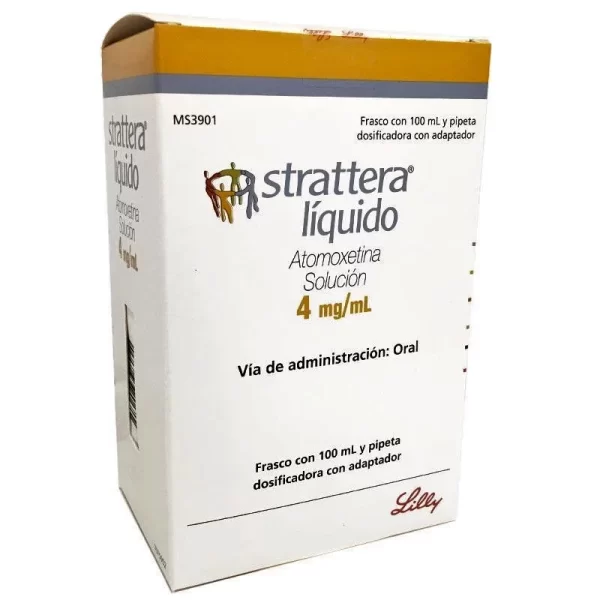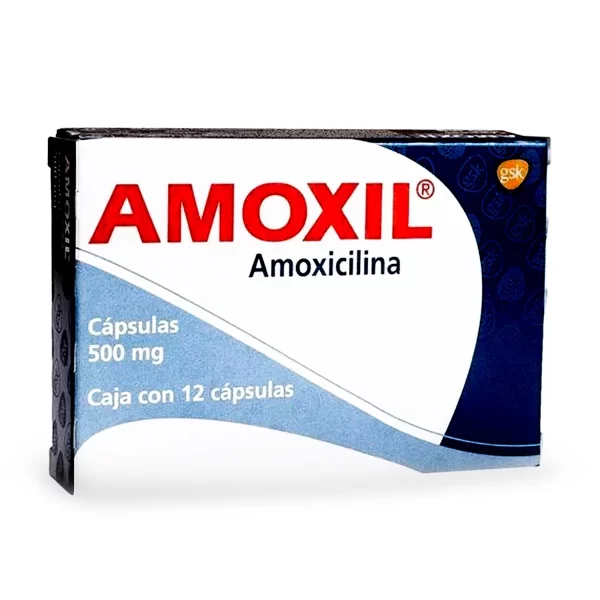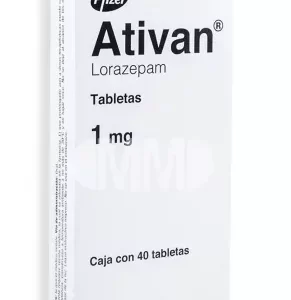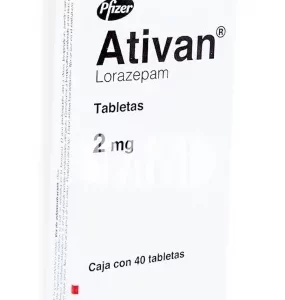Description
Bufigen belongs to the group of opioid analgesics. It is a mu-receptor antagonist and a kappa-receptor agonist. It affects the higher parts of the brain. Inter-neuronal transmission of pain impulses is disrupted at different levels of the CNS.
Administration of the drug promotes excitation of the vomiting center and inhibition of conditioned reflexes. The drug also has a sedative effect.
Who is indicated to take Bufigen
Bufigen nalbuphine is recommended for use when pain syndrome of mild to moderate intensity occurs. It can also be used for:
- Pain relief during childbirth;
- Pain relief during the postoperative period;
- Anesthesia (as an adjunctive measure).
If this product does not meet your needs or interests, you may want to look at Barbithal Alepsal Phenobarbital 100 mg 30 tabs. Please visit this link for further information on our Other Drugs
Who is contraindicated in the use of
Nalbuphine is not recommended for use in the presence of an allergic reaction to any of the components of the drug.
Additional contraindications:
- surgical abdominal syndrome (product may mask symptoms);
- renal abnormalities;
- hepatic abnormalities;
- poisoning with alcohol-containing products (acute form);
- alcoholic psychosis;
- high IOP;
- depression of the central nervous system;
- respiratory depression.
How to take
Nalbuphine hydrochloride is administered intravenously or intramuscularly. The dosage is calculated depending on the patient’s age, physical condition, and the intensity of the pain syndrome. It also takes into account other medications that the person cannot cancel.
Optimal dosage:
- pain syndrome (0.15-0.33 mcg/1 kg weight). A maximum of 0.3 mg/1 kg weight may be taken at a time. The maximum daily dosage is 2.4 mg/1 kg weight. If necessary, a single dose is administered every 3-6 hours;
- painful labor. The drug is injected into the muscle, the dosage is 20 mg;
- intravenous anesthesia. The dosage for anesthesia is 0.3-1 mg/1 kg for 10-15 minutes. Every half hour anesthesia should be maintained at a dosage of 250-500 mcg/1 kg of weight. The drug should be administered slowly;
- premedication. The dosage is 100-200 mcg/1 kg of weight;
- myocardial infarction. 20 mg of the drug is administered intravenously. If necessary, the dosage can be increased to 30 mg. If there is no positive dynamics of pain, after half an hour it is allowed to inject another 20 mg of the drug into the vein.
If Bufigen is used in anesthesia as an adjunctive drug, the dosage is increased as indicated.
Elderly people with respiratory dysfunction or who have general exhaustion are prescribed the lowest effective dosage.
Adverse reactions
The use of Nalbuphine Nalbuphine causes severe drowsiness in most patients. Some complain of decreased ability to work: the person has pain or dizziness, attention is distracted. Some people become overly excited or irritable.
The quality of night sleep worsens (either insomnia or frequent waking at night), and the person may have nightmares.
Some patients complain of unreality of what is happening, cramped muscle contractions, violent trembling in the hands and feet, and the appearance of tinnitus. In some cases, an increase in arterial or intracranial pressure may be observed.
Drug interaction
Bufigen nalbuphine shouldn’t be used concomitantly with antidepressants and with
- anti-allergic drugs (which also have a sedative effect);
- antipsychotic;
- anxiolytics;
- sedatives;
- hypnotics;
- narcotic drugs.
Otherwise, the depressing effect on the central nervous system is increased.
Special Instructions
Patients who have chemical addiction, this drug is prescribed only in acute need: in drug addicts, its reception causes acute withdrawal syndrome.
If a person is engaged in an activity that requires high speed of psychomotor reactions or increased attention, the drug is also prescribed with great caution.
The drug should be stored at a temperature of up to 30 degrees Celsius and out of the reach of sunlight.














Reviews
There are no reviews yet.